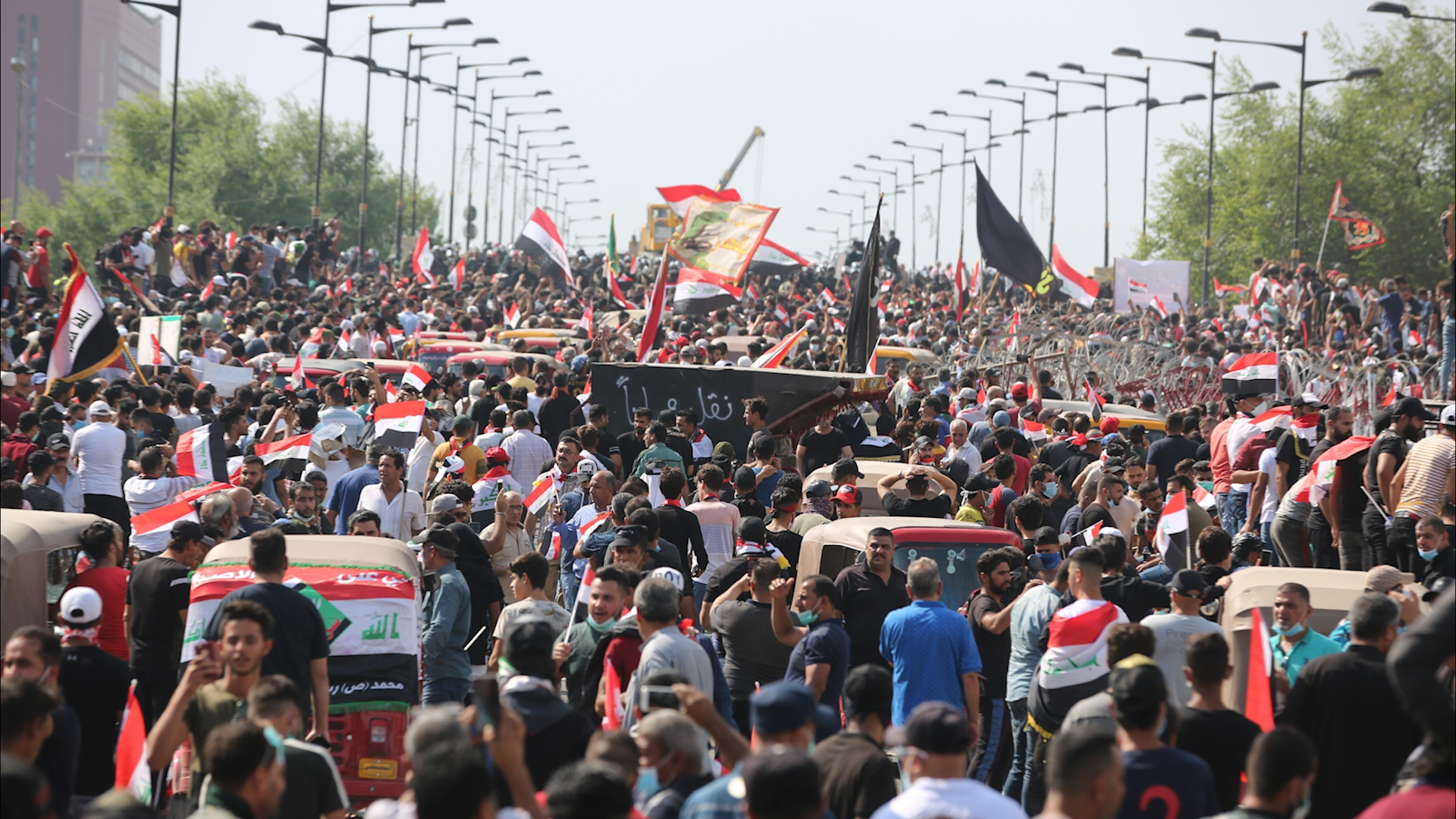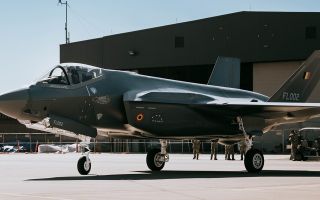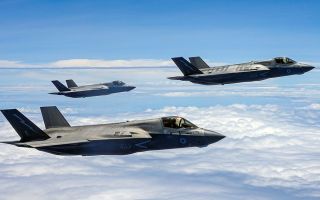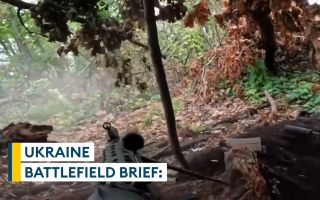
Dozens Killed In Anti-Government Protests In Iraq

Protesters tried to cross al-Jumhouriya Bridge to reach the Green Zone in Baghdad (Picture: PA).
At least 48 people have been killed and hundreds wounded in anti-government protests in Baghdad and other provinces in the south of the country.
Six protesters have been killed in clashes with Iraqi security forces during nationwide anti-government protests, officials said.
Security chiefs and medical staff said three people were killed when they were struck by tear gas canisters in Baghdad, where thousands of protesters were trying to reach the heavily fortified Green Zone, which houses embassies and government offices.
A second medical official said three protesters were shot dead by security guards when they attacked the office of a provincial official in the southern town of Nasiriyah.
In the capital, Baghdad, protesters gathered again on Saturday in the central Tahrir Square, but there were no immediate reports of violence.
Most of the deaths happened as a result of tear gas canisters that were fired directly at protesters, as well as rubber bullets and live ammunition.
The confrontations began after anti-government demonstrations resumed, following a three-week break.
The protests began on 1 October over corruption, unemployment and a lack of basic services, but quickly turned deadly as security forces cracked down, using live ammunition for days.
The protests then spread to several, mainly Shiite-populated southern provinces. Authorities imposed a curfew and shut down the internet for days in an effort to quell the unrest.
After a week of violence in the capital and the country's southern provinces, a government-appointed inquiry into the protests determined that security forces had used excessive force, killing 149 people and wounding more than 3,000.
It also recommended the firing of security chiefs in Baghdad and the south of the country.
Eight members of the security forces were also killed.
The protests are similar to those that have engulfed Lebanon in recent days in that they are economically driven, largely leaderless and spontaneous. Both are against a sectarian-based system and a corrupt political class that has ruled for decades and driven the two countries to the brink of economic disaster.
The protests in Iraq threaten to plunge the country into a new cycle of instability that has the potential to be the most dangerous the conflict-scarred nation has faced, barely two years after declaring victory over the so-called Islamic State group.
Iraqi security forces and government officials vowed to avoid further deadly violence and deployed heavily on the streets of Baghdad in anticipation of Friday's protests.
Thousands of people began converging on Baghdad's central Tahrir Square early on Friday, carrying Iraqi flags and posters calling for reform.
After thousands of protesters removed metal security barriers and crossed a bridge leading to Baghdad's heavily fortified Green Zone, home to the US embassy and Iraqi government offices, soldiers fired tear gas to disperse them.
After they tried to remove concrete barriers near the entrance to the Green Zone, troops fired live rounds to push back the protesters.







